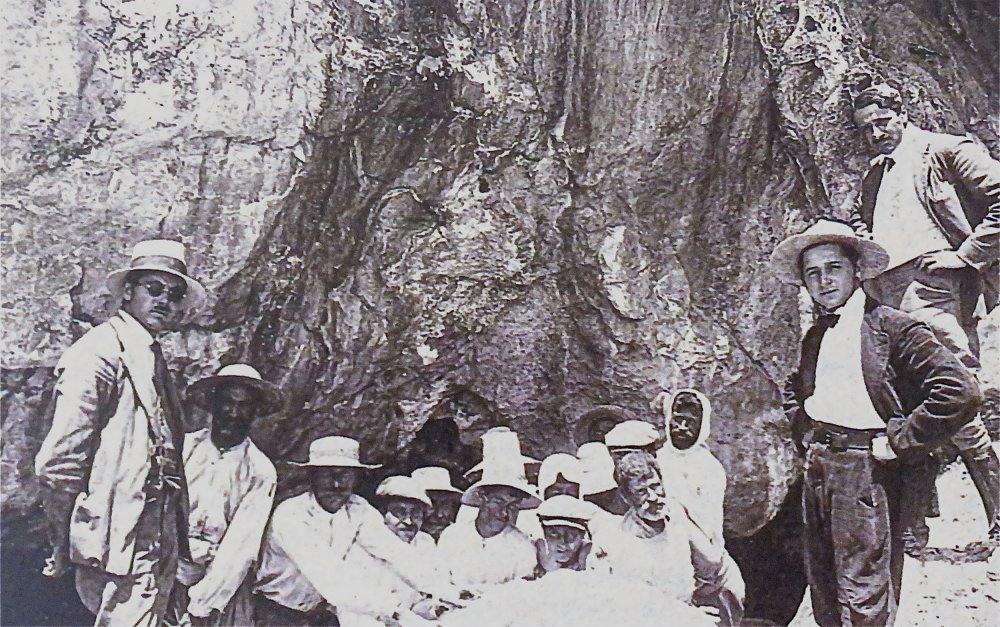In June 1922, Italian archeologists Alessandro Della Seta and Teodoro "Doro" Levi were conducting excavations in the cave of White Stone (Aspri Petra Cave) of Mount Zini, found in Kefalos. Little did they know of the significance of their findings! Their digging revealed, among other findings, fragments of Neolithic urns, an incised clay vessel, obsidian cores, blades, grooming objects and food remains, all concluding evidence that the Cave of White Stone (or Aspri Petra Cave) was one of the most significant excavations in connection to Prehistoric times. The findings placed the cave close to the period ranging from the Neolithic Age and the very beginning of the Bronze Era, about the year 3000 BC.
Later on, near Askloupis mound, Giuseppe Lazzara discovered two prehistoric entombments in 1943, human fossils, traces of copper and pot made of clay. Both the pot and tomb’ type date back to the early Bronze Age (2,800 - 2,000 BC), proving that Kos was indeed inhabited during the prehistoric period.
The cave of White Stone (Aspri Petra Cave) can be found atop Mount Zini in Kefalos, at an altitude of 257 meters, in the southwestern part of the island. Initially used as a place of residence and later as a place of worship, the cavern is composed of solid layers of rock, which explains its preservation through time. The cave is probably the oldest landmark on the island and a must-visit for all history enthusiasts.



